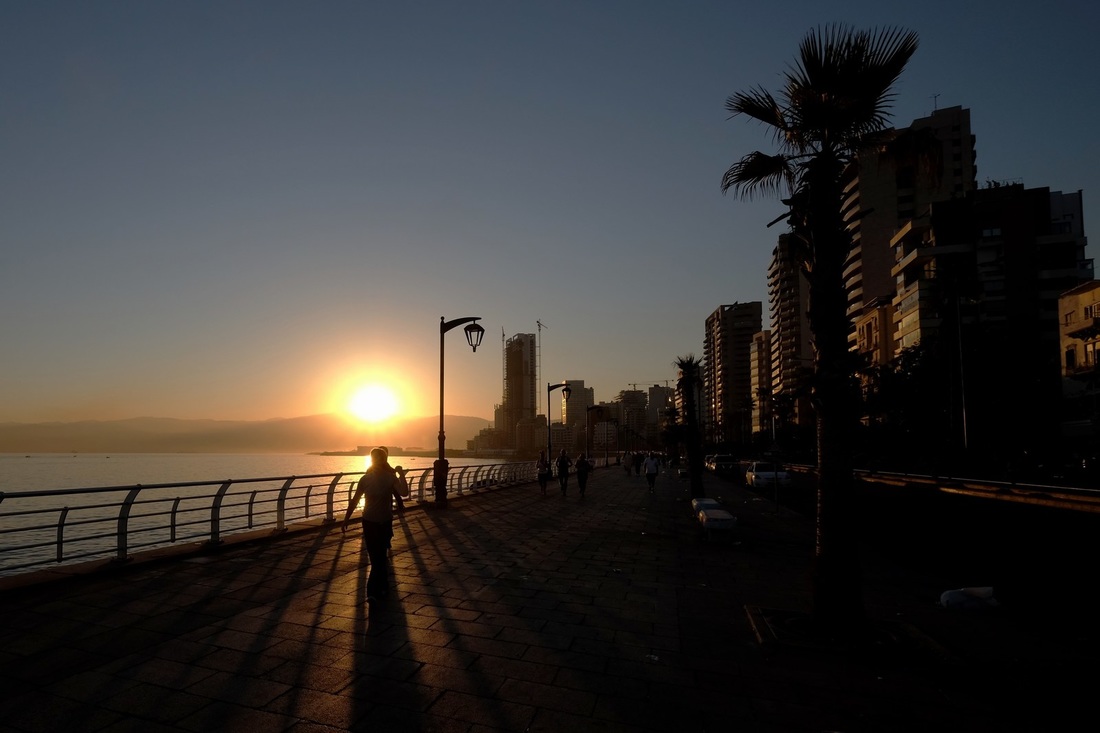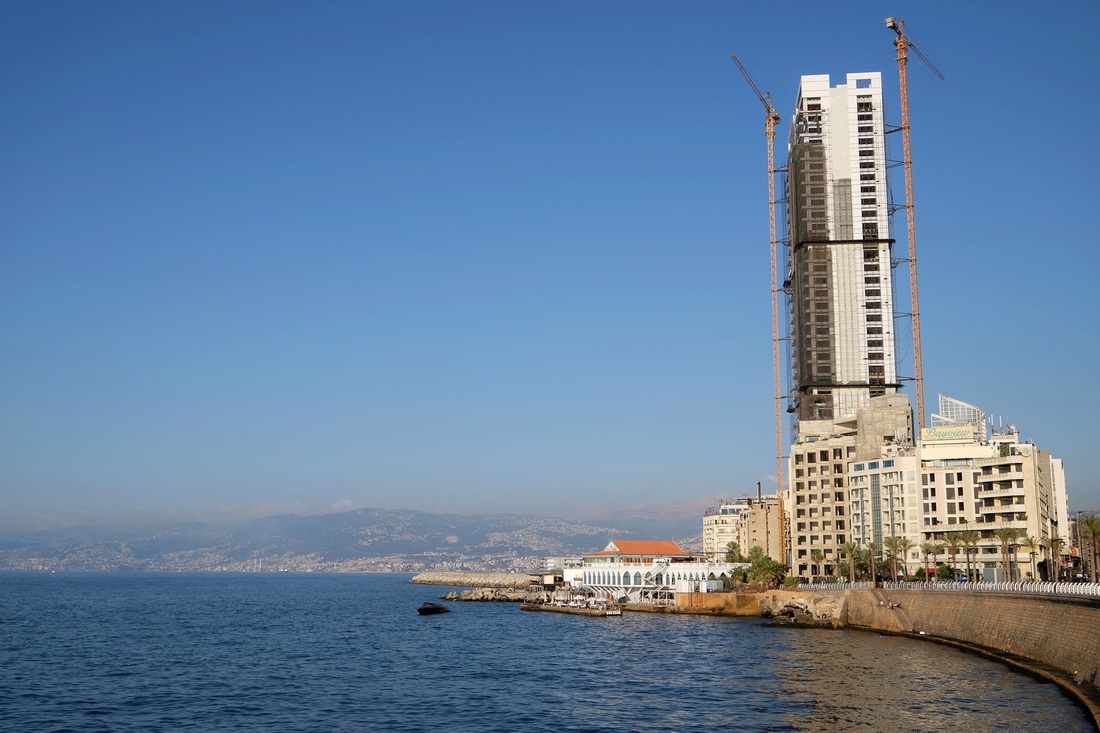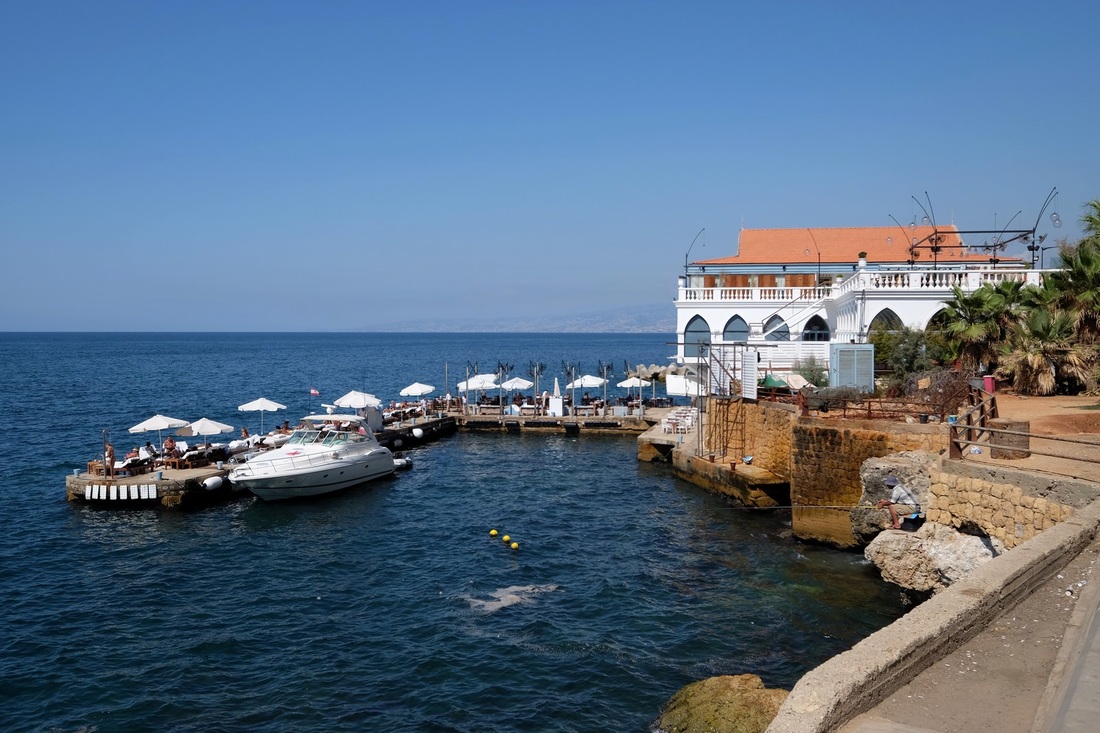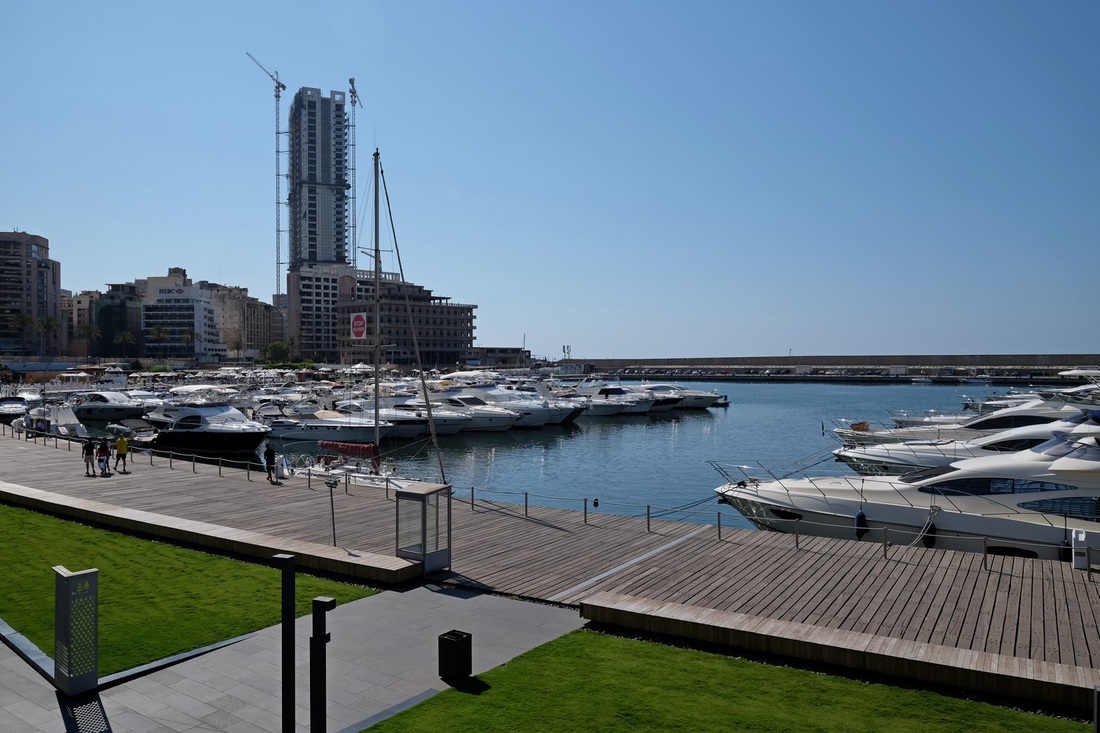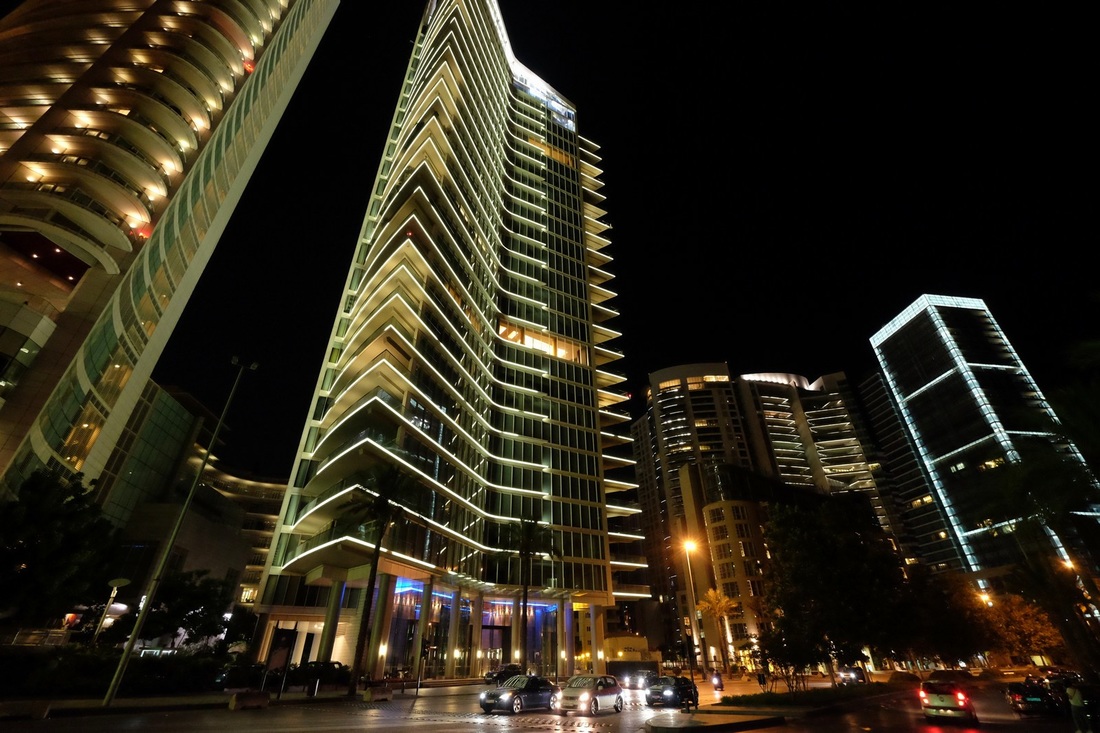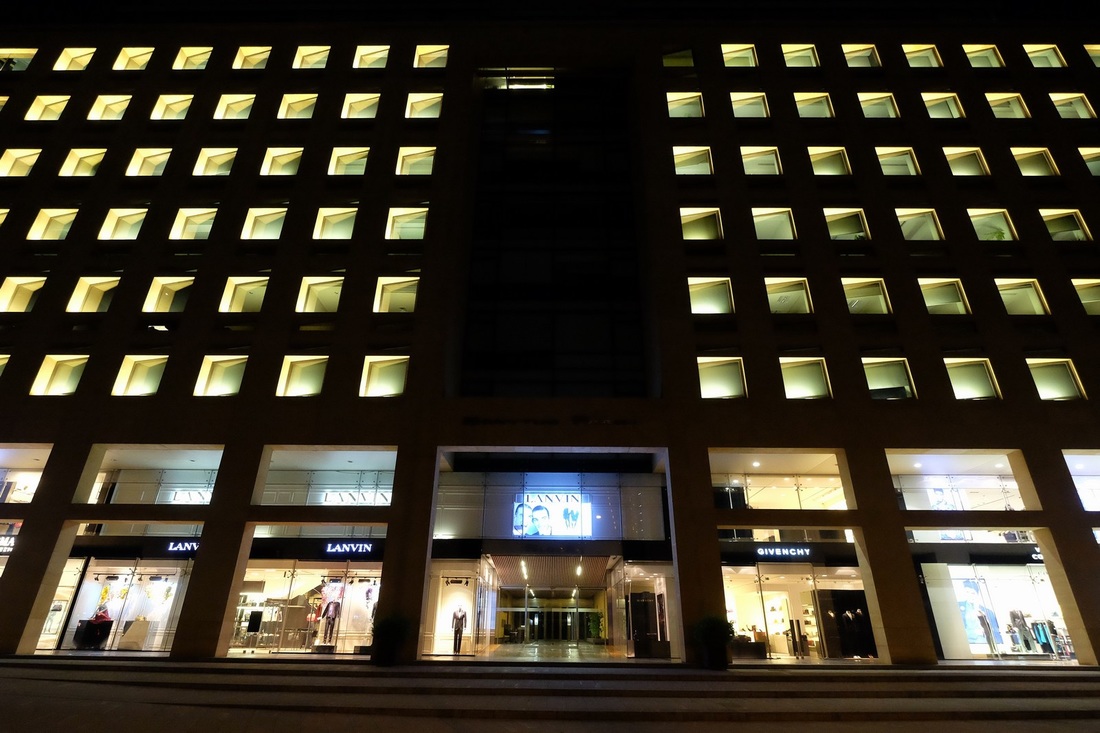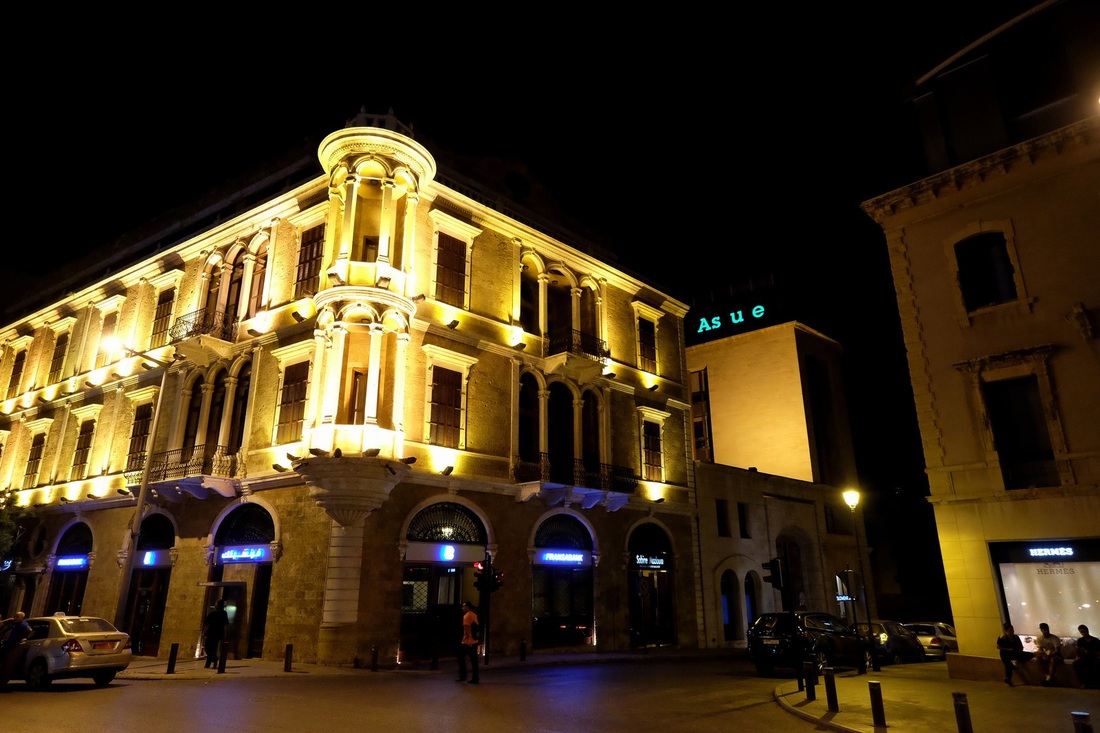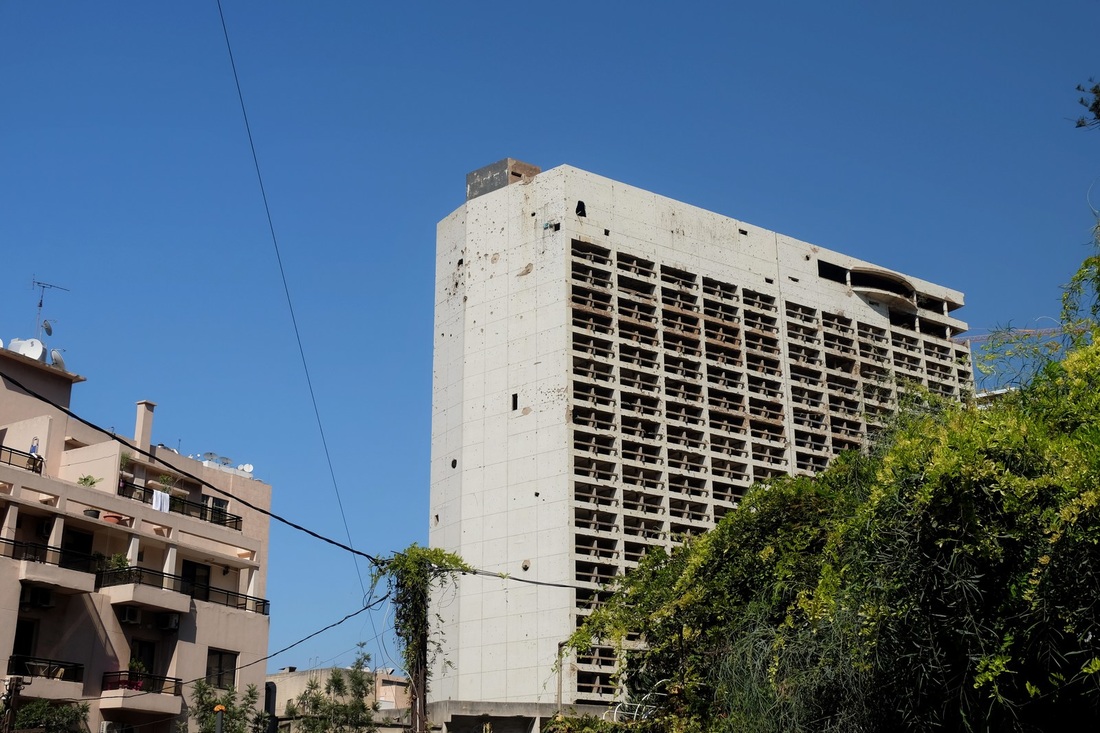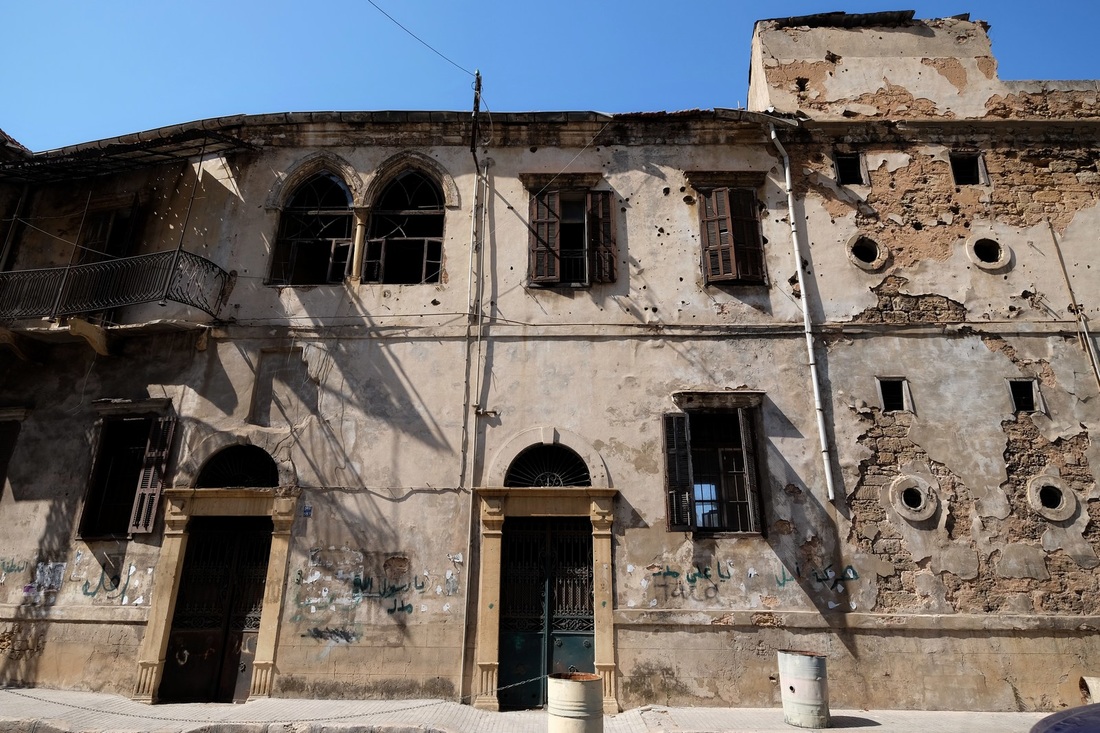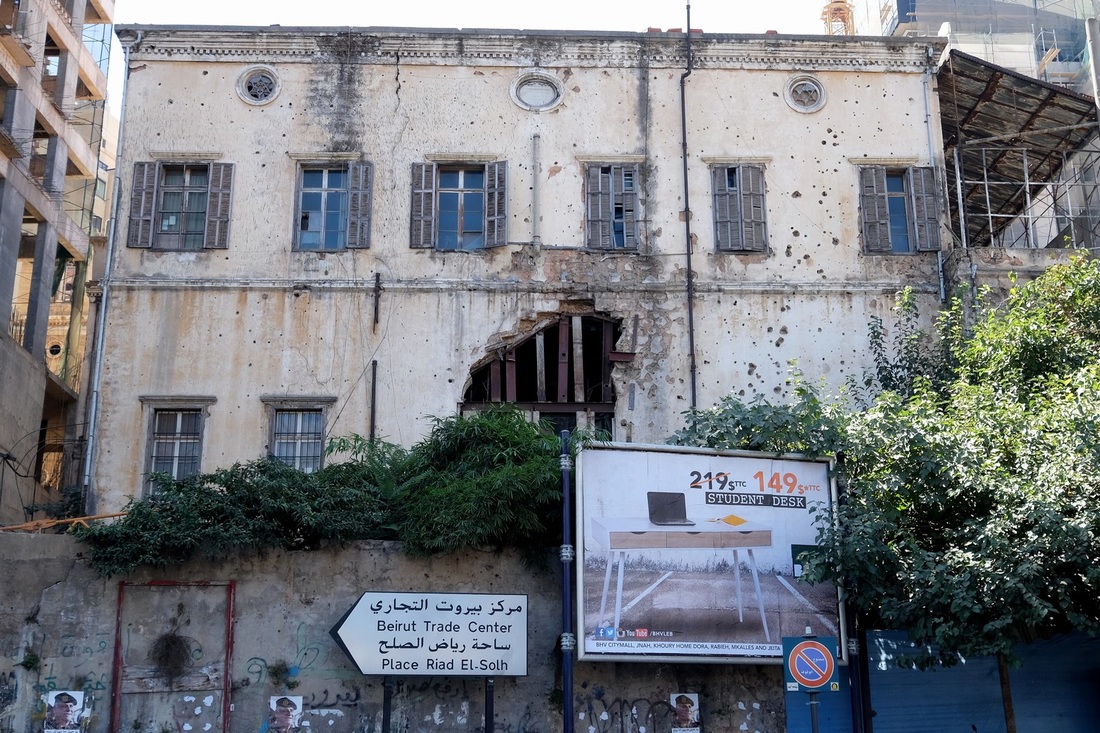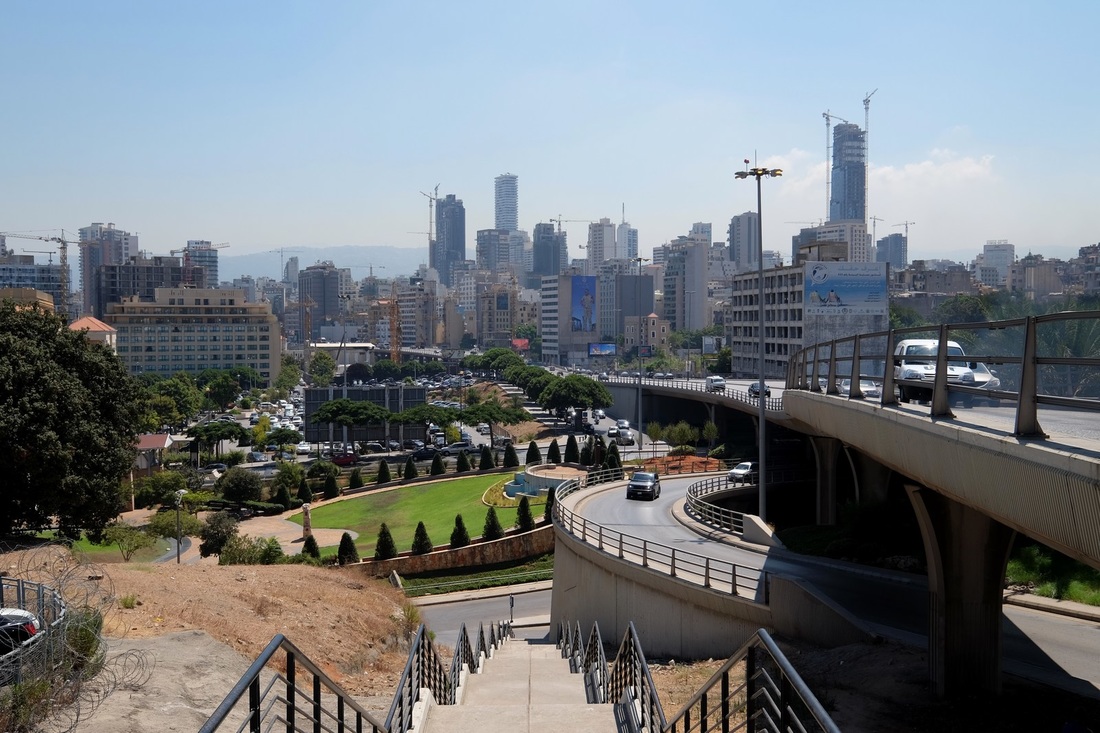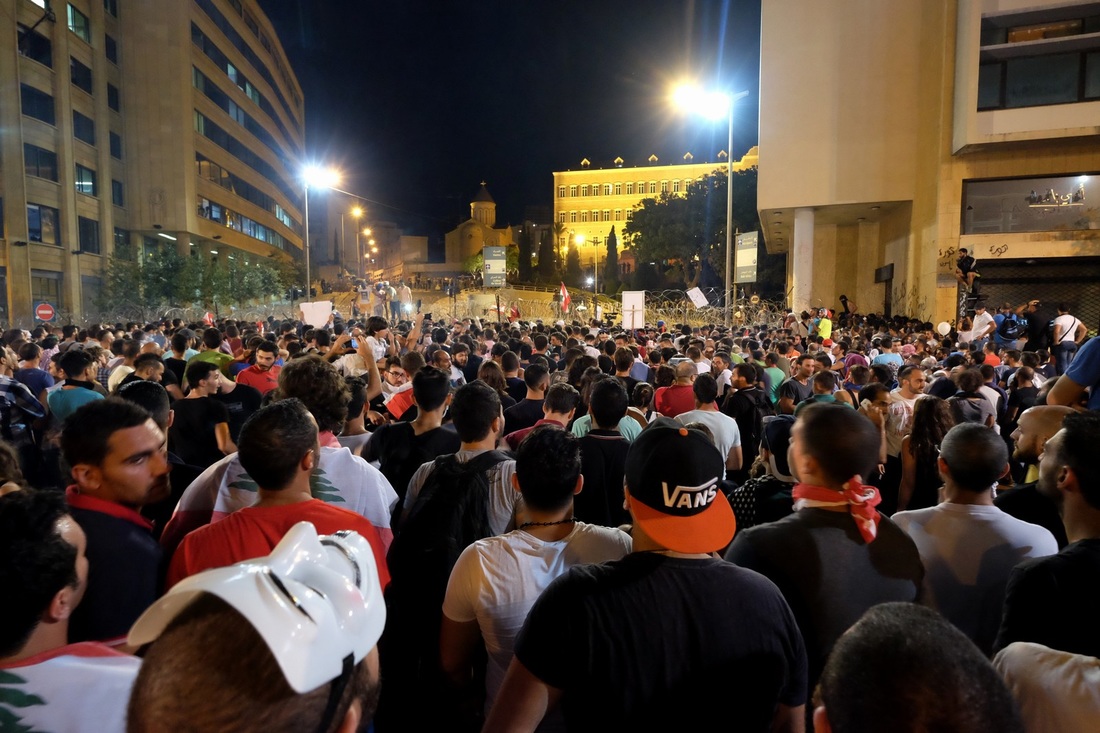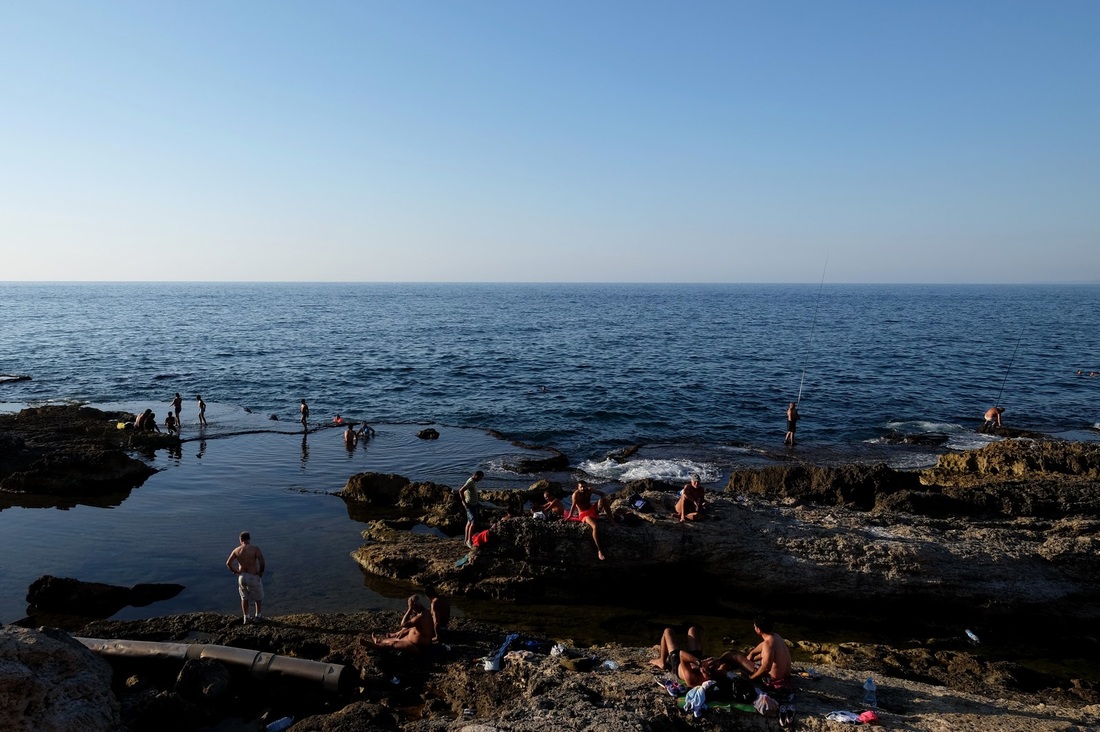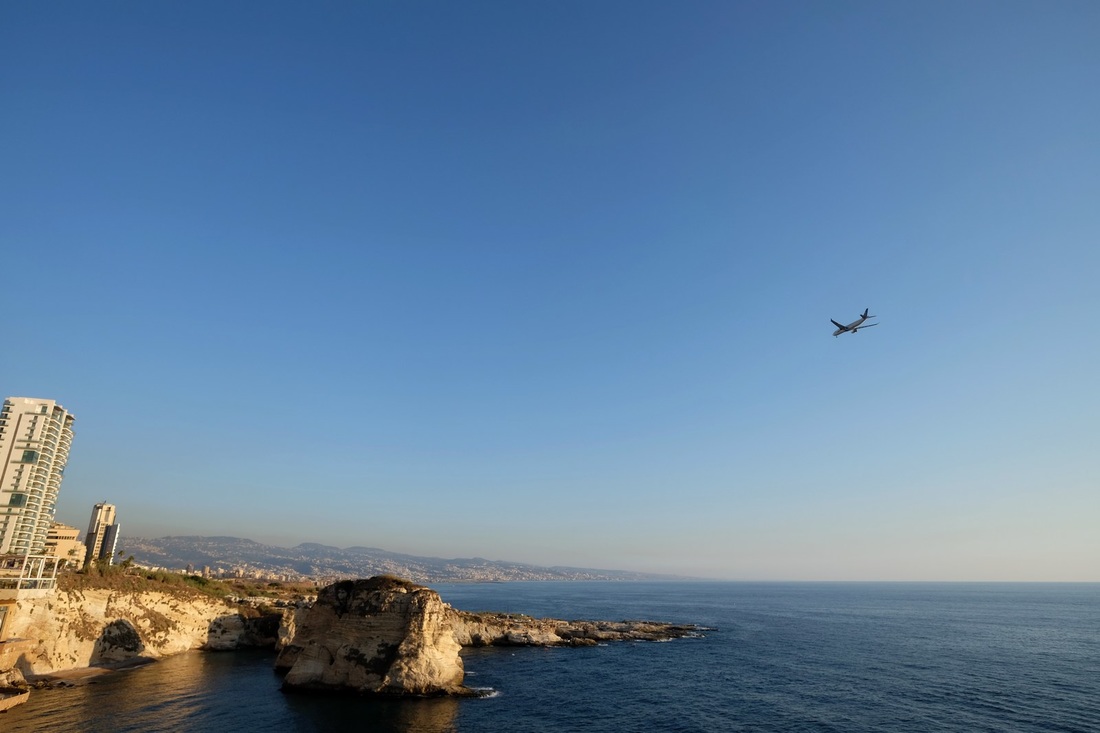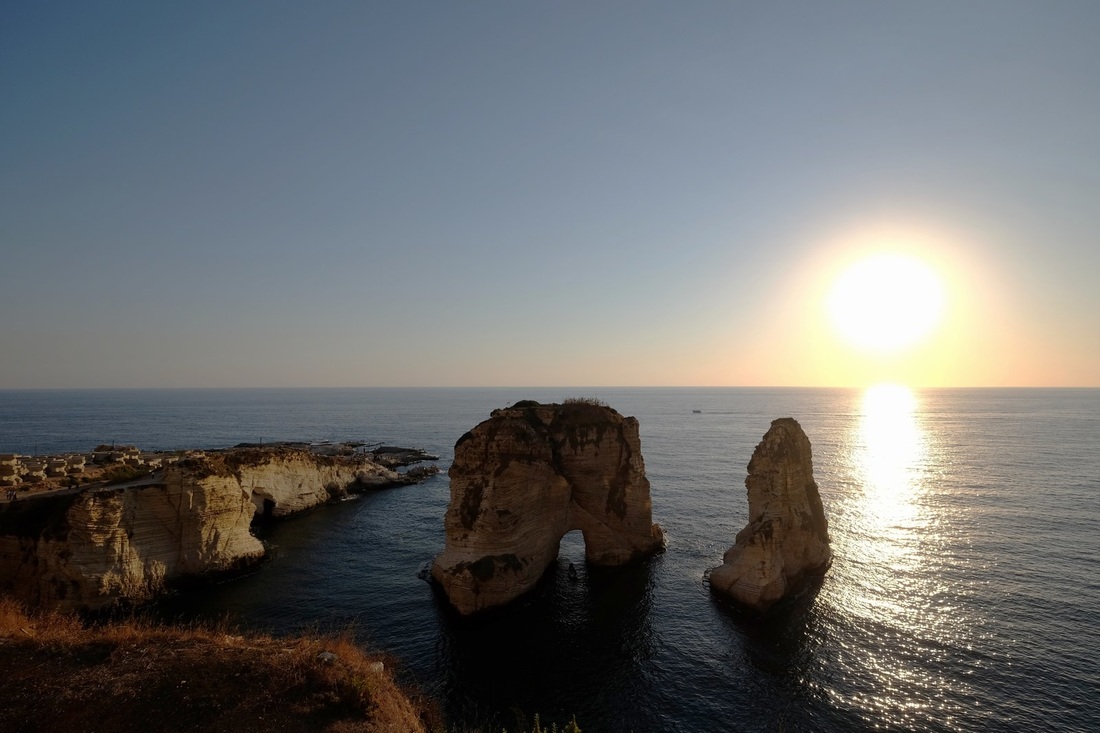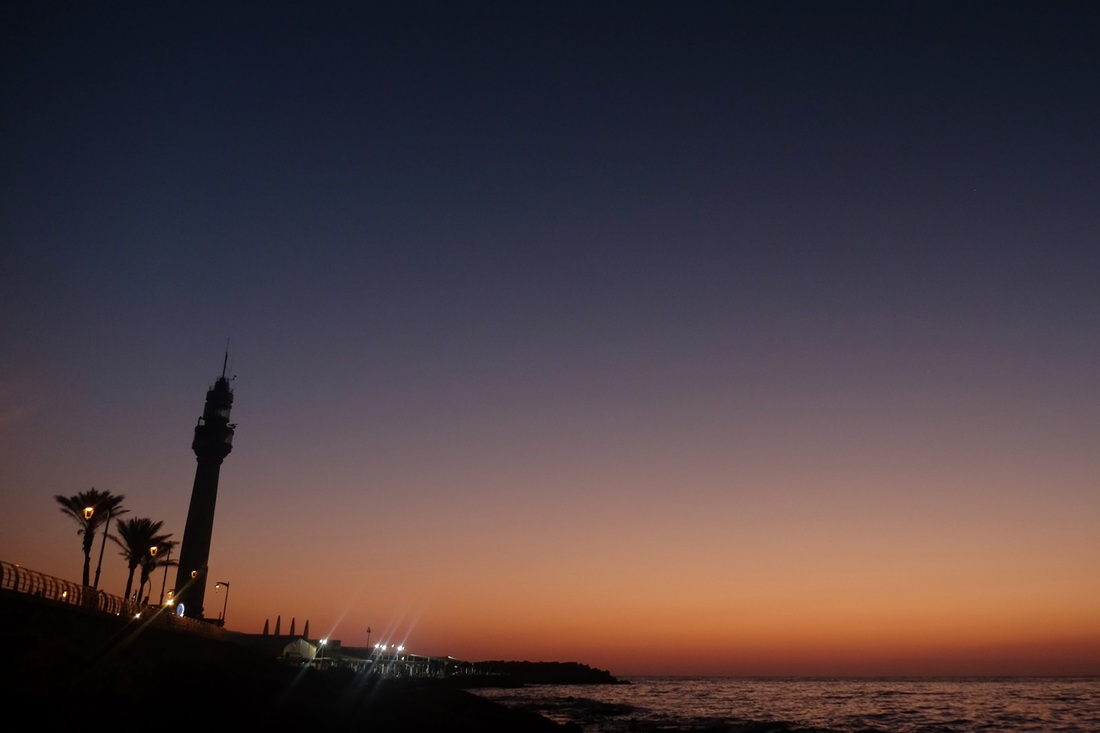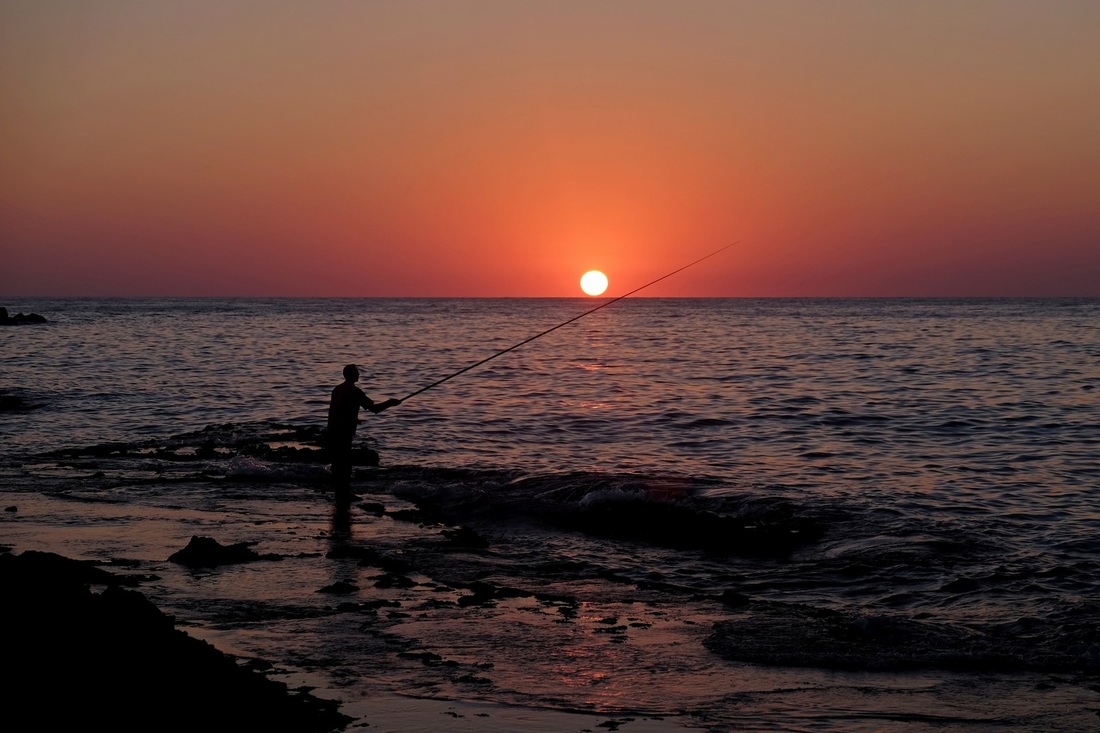The Beirut waterfront at dawn (5.30am), overlooking the Mediterranean Sea.
Yes, this is still the Middle East.
Yes, this is still the Middle East.
T plus 112 - Beirut, Lebanon
It’s 2.30am. I had just extricated myself from the cheapest hotel I could find in Beirut. Sometimes things are cut-price for a reason. Or in the case of this hotel, several reasons. First, there was the “present” waiting for me in the toilet bowl, then there’s the complete absence of any amenities – no Internet, no hot water, and the electricity cut in and out as though we were still living through one of Lebanon’s many wars. But the one which really triggered the late-night evacuation was the cockroach infestation which had made its way into my backpack and god knows where else.
So I left Hotel Fear Factor, deciding that I was better off on the streets. It happened to be a Thursday night i.e. party night (the “weekend” here is Friday and Saturday). So I got to check out Beirut’s legendary nightlife. You hear it before you see it – a mishmash of throbbing beats vibrate the air from afar, and as you’re drawn closer, you discover that it’s actually rather good. Almost every bar has its own deejay spinning proprietary versions of the latest music from the West. Girls in barely-there clothes strut about on their stilts-for-shoes. Guys stagger out of shiny clubs into shinier supercars retrieved by valets. I saw one attempt a few donuts in his Maserati outside the club before tearing off in a V8 induced sonic boom.
Wait a second. Am I still in the Middle East? I settled down for the night, on a bench on the waterfront, wondering if the magic pumpkin of hedonism would deflate at the break of dawn. It didn’t. I was awakened by the dampened footfalls of joggers in branded footwear, with matching dri-fit attire. I sat there for a while longer, absorbing the stunning sunrise over the Mediterranean Sea. Bronzed blondes in hot pants jiggle by, followed by six-packed men with golden retrievers in tow. They pound the same pavement as hejab-ed women in baggy clothes. No one skips a beat. Divergent cultures seem to have found common ground in a shared desire to keep trim and look good.
Later on, I peruse the shops while searching for new accommodation. Beirut feels like a prosperous European city where elegant wood panelled stores stock anything from Hermes to Harry Winston to Harley Davidson. Unfortunately for the thrifty traveller, the cost of living here is pretty European too. A medium Big Mac meal from McDonalds is 10,000 Lira, or about USD6.60. A decent dinner at a simple restaurant is twice that, and it seems like people here dine out often. Surprised? Don’t be. Lebanon’s GDP per capita is far ahead of its neighbours in the Middle East and is closing in on countries like Turkey. Monthly salaries in the country averaged at USD2,100 in 2014.
The infrastructure in Beirut is excellent, with a network of flyovers and tunnels linking the main traffic arteries. The seafront is lined with condominiums, with ever more luxurious options in the pipeline. Wealthy families keep a boat or two in private marinas lined with swimming pools for the kids. The upper middle class sip cocktails in white-themed clubhouses perched on platforms by the sea.
The general population is well educated too, with a 90% literacy rate. In fact, two out of the Middle East and North Africa’s Top 5 universities are in Lebanon. This continues a rich tradition of academic excellence in the country – one of the world’s first law schools was established right here. Almost all the young people I met spoke decent English. And it is no coincidence that most advertising, replete with catchy taglines, are in English too.
Pretty incredible then, for a country of only four million that has been repeatedly torn apart by wars, both internal and external. In fact the casual visitor has to look pretty hard to find any evidence of the violence which has rocked the country and its people over the past few decades. But it’s there, make no mistake about it. And the scars of war borne by the country go far beyond the occasional bullet-hole riddled building you see in Downtown.
Ethnic and religious tensions, the main catalyst for the country’s civil war from 1975 to 1990 although suppressed, still simmer beneath the surface. Religious tolerance is officially espoused to keep the peace within a country which is 28% Sunni, 28% Shiite and 38% Christian/Catholic, but its politics are still dominated by religious sectarianism. Added to this hotpot of explosive ingredients is the on-off armed conflict between Hezbollah and Israel which can (and has) escalate(d) at any time. Little wonder then, that the country suffers from chronic brain drain. For every Lebanese person living in Lebanon, there are four living outside. They include Carlos Slim, Carlos Ghosn, Shakira and Salma Hayek, just to mention a few. And amongst those who stay, the old lament the atrocities of the past while the young worry about an uncertain future.
Despite all the challenges the country faces, Beirut has done unbelievably well to emerge with an identity that is more Monte Carlo than Mogadishu. This is one of the few places in the world where European-styled liberalism co-exists with Muslim conservatism and Middle Eastern traditions. The majority of people here embrace the obvious disconnects and contradictions with great composure and no small amount of style. Sure, it may not be the only way forward, but in a region which is often criticised for going around in circles, at least Beirut is headed in the right direction.
Some photos from my walkabouts:
It’s 2.30am. I had just extricated myself from the cheapest hotel I could find in Beirut. Sometimes things are cut-price for a reason. Or in the case of this hotel, several reasons. First, there was the “present” waiting for me in the toilet bowl, then there’s the complete absence of any amenities – no Internet, no hot water, and the electricity cut in and out as though we were still living through one of Lebanon’s many wars. But the one which really triggered the late-night evacuation was the cockroach infestation which had made its way into my backpack and god knows where else.
So I left Hotel Fear Factor, deciding that I was better off on the streets. It happened to be a Thursday night i.e. party night (the “weekend” here is Friday and Saturday). So I got to check out Beirut’s legendary nightlife. You hear it before you see it – a mishmash of throbbing beats vibrate the air from afar, and as you’re drawn closer, you discover that it’s actually rather good. Almost every bar has its own deejay spinning proprietary versions of the latest music from the West. Girls in barely-there clothes strut about on their stilts-for-shoes. Guys stagger out of shiny clubs into shinier supercars retrieved by valets. I saw one attempt a few donuts in his Maserati outside the club before tearing off in a V8 induced sonic boom.
Wait a second. Am I still in the Middle East? I settled down for the night, on a bench on the waterfront, wondering if the magic pumpkin of hedonism would deflate at the break of dawn. It didn’t. I was awakened by the dampened footfalls of joggers in branded footwear, with matching dri-fit attire. I sat there for a while longer, absorbing the stunning sunrise over the Mediterranean Sea. Bronzed blondes in hot pants jiggle by, followed by six-packed men with golden retrievers in tow. They pound the same pavement as hejab-ed women in baggy clothes. No one skips a beat. Divergent cultures seem to have found common ground in a shared desire to keep trim and look good.
Later on, I peruse the shops while searching for new accommodation. Beirut feels like a prosperous European city where elegant wood panelled stores stock anything from Hermes to Harry Winston to Harley Davidson. Unfortunately for the thrifty traveller, the cost of living here is pretty European too. A medium Big Mac meal from McDonalds is 10,000 Lira, or about USD6.60. A decent dinner at a simple restaurant is twice that, and it seems like people here dine out often. Surprised? Don’t be. Lebanon’s GDP per capita is far ahead of its neighbours in the Middle East and is closing in on countries like Turkey. Monthly salaries in the country averaged at USD2,100 in 2014.
The infrastructure in Beirut is excellent, with a network of flyovers and tunnels linking the main traffic arteries. The seafront is lined with condominiums, with ever more luxurious options in the pipeline. Wealthy families keep a boat or two in private marinas lined with swimming pools for the kids. The upper middle class sip cocktails in white-themed clubhouses perched on platforms by the sea.
The general population is well educated too, with a 90% literacy rate. In fact, two out of the Middle East and North Africa’s Top 5 universities are in Lebanon. This continues a rich tradition of academic excellence in the country – one of the world’s first law schools was established right here. Almost all the young people I met spoke decent English. And it is no coincidence that most advertising, replete with catchy taglines, are in English too.
Pretty incredible then, for a country of only four million that has been repeatedly torn apart by wars, both internal and external. In fact the casual visitor has to look pretty hard to find any evidence of the violence which has rocked the country and its people over the past few decades. But it’s there, make no mistake about it. And the scars of war borne by the country go far beyond the occasional bullet-hole riddled building you see in Downtown.
Ethnic and religious tensions, the main catalyst for the country’s civil war from 1975 to 1990 although suppressed, still simmer beneath the surface. Religious tolerance is officially espoused to keep the peace within a country which is 28% Sunni, 28% Shiite and 38% Christian/Catholic, but its politics are still dominated by religious sectarianism. Added to this hotpot of explosive ingredients is the on-off armed conflict between Hezbollah and Israel which can (and has) escalate(d) at any time. Little wonder then, that the country suffers from chronic brain drain. For every Lebanese person living in Lebanon, there are four living outside. They include Carlos Slim, Carlos Ghosn, Shakira and Salma Hayek, just to mention a few. And amongst those who stay, the old lament the atrocities of the past while the young worry about an uncertain future.
Despite all the challenges the country faces, Beirut has done unbelievably well to emerge with an identity that is more Monte Carlo than Mogadishu. This is one of the few places in the world where European-styled liberalism co-exists with Muslim conservatism and Middle Eastern traditions. The majority of people here embrace the obvious disconnects and contradictions with great composure and no small amount of style. Sure, it may not be the only way forward, but in a region which is often criticised for going around in circles, at least Beirut is headed in the right direction.
Some photos from my walkabouts:
Towering ambitions and boatloads of wealth. This is how to live in style in the Middle East's most un-Middle Eastern city.
From Top: Beirut Central District which was rebuilt in the 90's after being almost destroyed in the country's civil war; an elegant arcade in the shopping district; a restored colonial building, converted into high-end commercial lots - forgive the slightly awkward composition, I wanted to catch the Hermes sign in the corner.
You can still see some buildings pockmarked with bullet holes in the older districts.
But by-and-large, the rebuilding efforts have been very impressive. Look at this interchange with the Gemmayzeh district in the background.
A street protest in central Beirut over rubbish collection woes. The government is handling this with surprising restraint, even organising a fleet of ambulances to be on standby. Just in case.
You don't HAVE to be rich to enjoy life in Beirut. Chilling out by the beach is free. The middle pic is of a plane on approach to Beirut's airport which is only 5km from town. Bottom pic is Pigeon's Rock in the late afternoon.
Beautiful sunset colours in Beirut. I like the bottom pic.
